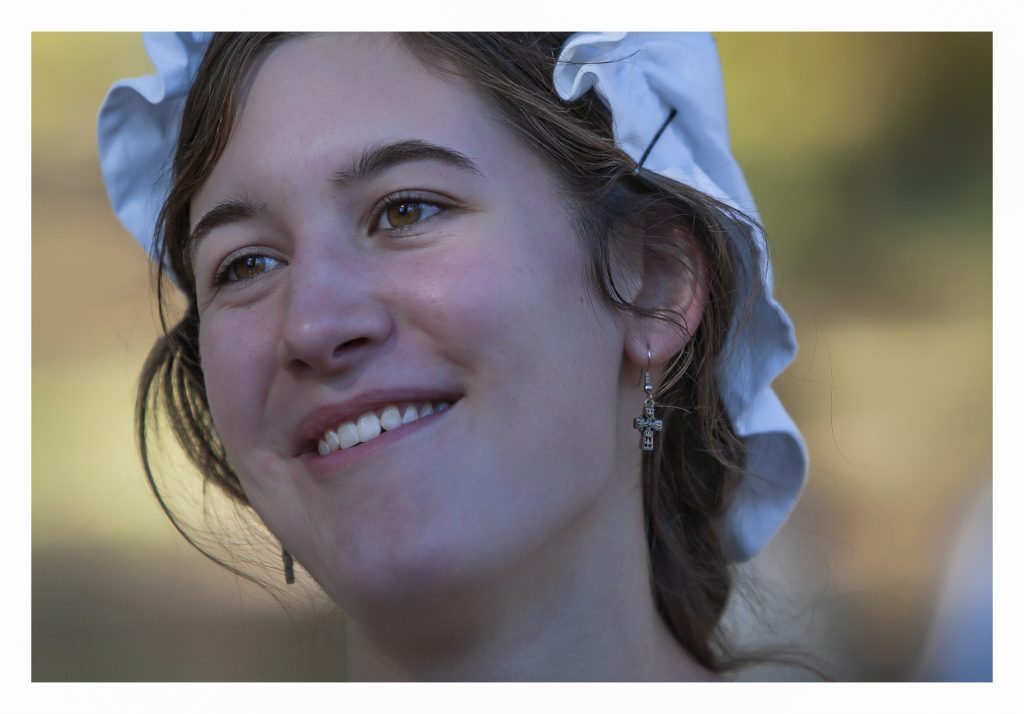Goldilocks Smiles: A Hypothesis
On The Unconscious Genius Of Women
The Goldilocks story has been elaborated and revised over the past two hundred years in written form; it now diverges substantially from the original nursery rhyme. The protagonist started out a nosy old woman who broke two pieces of furniture in the house of three bears. Except for consuming a merely satisfactory bowl of milk, she got no pleasure from her visit. By early 20th century, Goldilocks has become a pretty girl with golden hair shining like the sun. She goes into a meadow and picks flowers, wanders in a forest until she feels tired and thirsty. She enters an empty house hoping to refresh herself. She eats a bowl of porridge at a temperature which is “just right” for her. Goldilocks sits down to rest in a dear little chair — also just right, one that fits her “as though it had been made for her.” She lies down in a perfectly-sized bed, so cozy and comfortable she falls fast asleep.
Move forward to the end of last century (the 20th). Goldilocks no longer functions mainly as a story for kids; it has become a metaphorical way of describing our world — the universe we live in — which inexplicably appears “just right” for human beings down to the smallest details and forces of physics, as if tailor-made for ourselves and the other living beings of planet earth. In fact, had our cosmos developed a tiny bit differently — regarding just a few parameters — nothing interesting would exist at all. Furthermore, in this Goldilocks Universe it turns out we occupy a Goldilocks Zone in a quiet part of our galaxy — without too much turbulence — with just enough distance protecting us from deadly cosmic bombardments. We orbit the perfect distance from our local star; we have a perfectly nice atmosphere; and we find plenty of liquid water to drink. We inhabitants of well-nourished civilizations exist during an optimal time, taking into account both the evolution of the universe and the history of our planet.
What should our human response be toward these Goldilocks facts? In each of our two images — both candid portraiture — a woman reveals what I think is the appropriate expression of feeling. I am not sure either of our subjects knows (consciously) how providential and purposeful it all seems — just how sharp a knife-edge we sit on. They seem able to intuitively express a pleasure and a joy in the moment, with some recognition they live at just the right place — in just the right time — when gifting us with those Goldilocks smiles.






